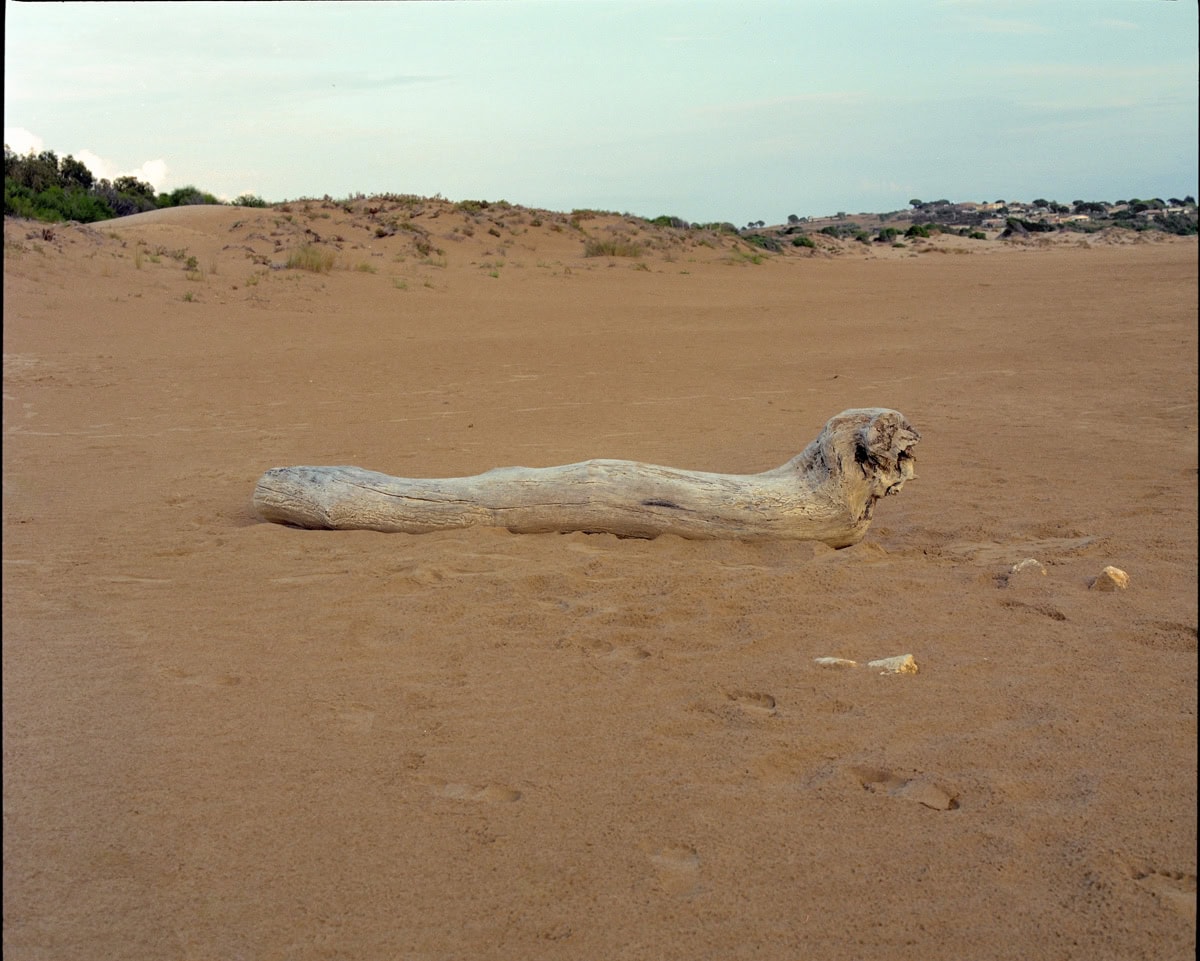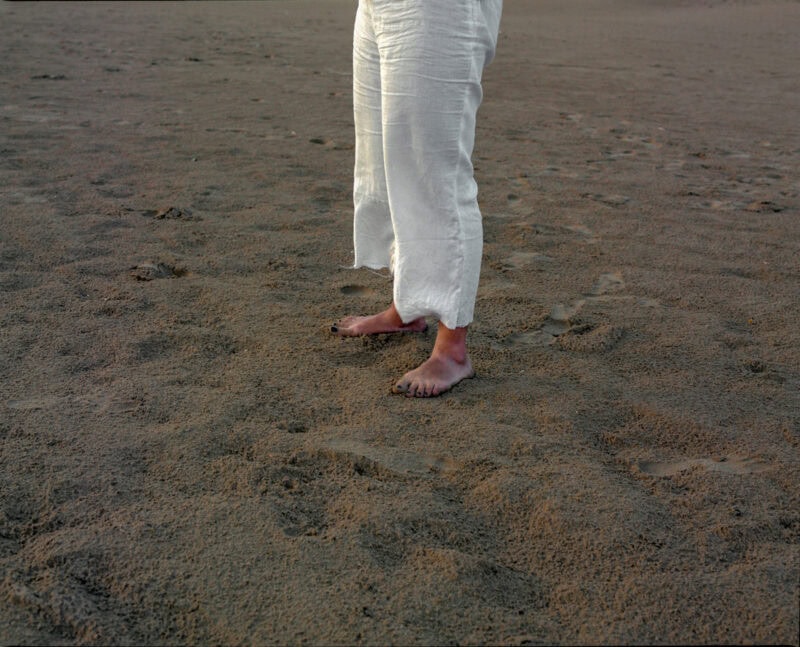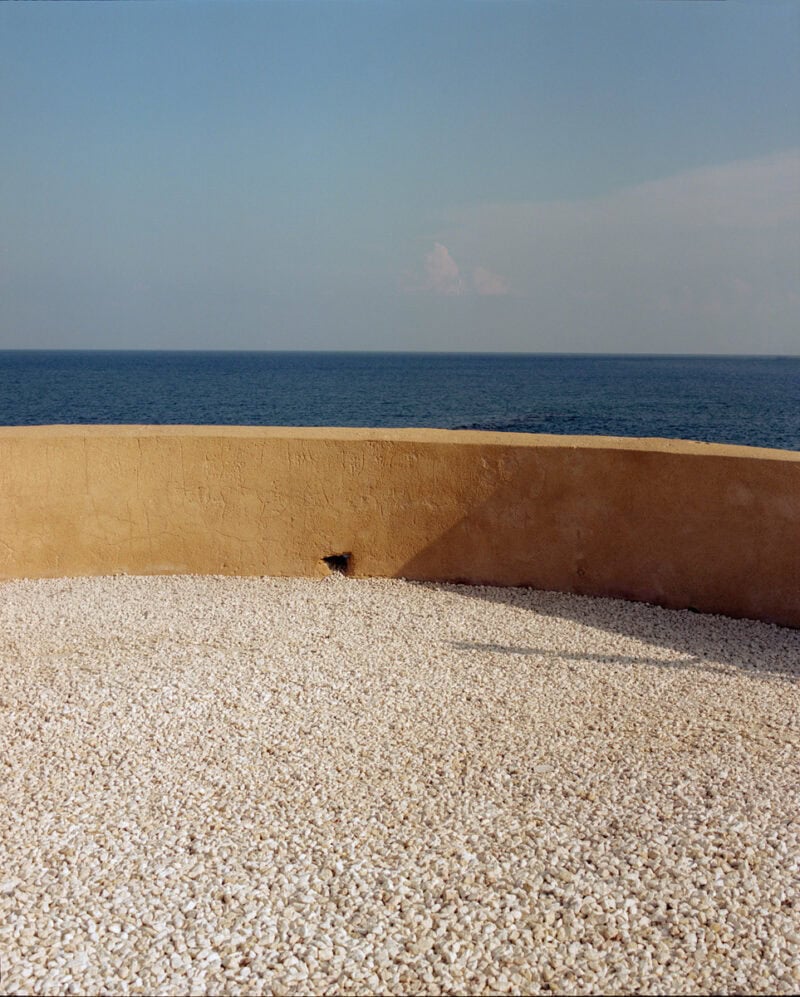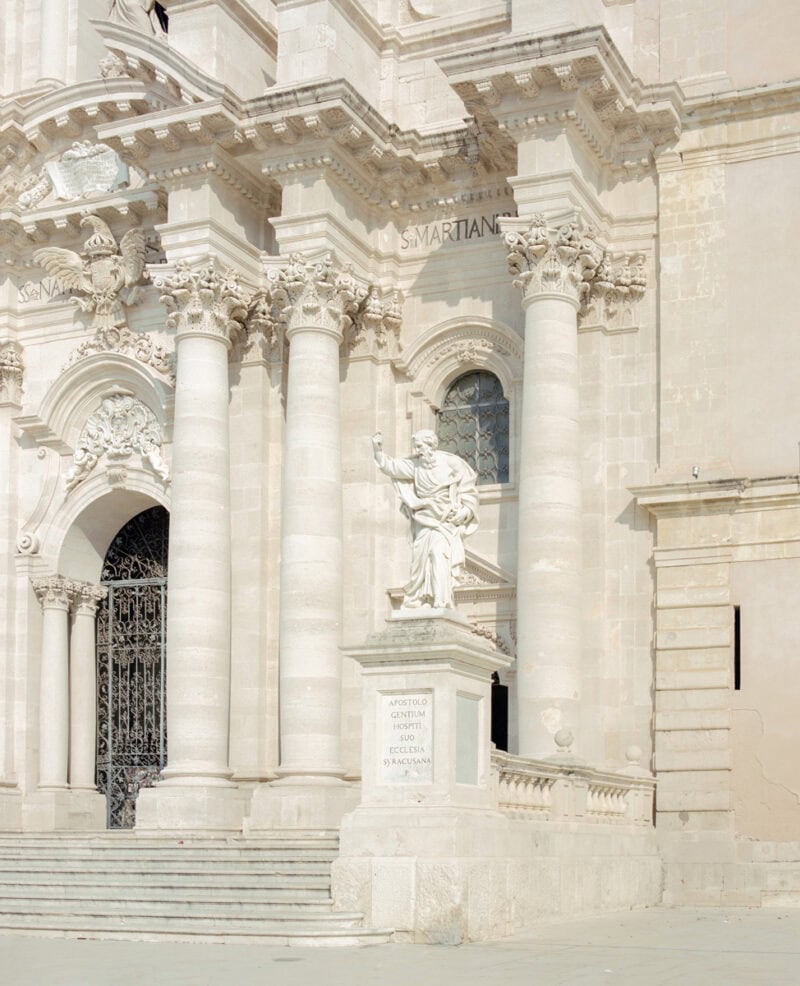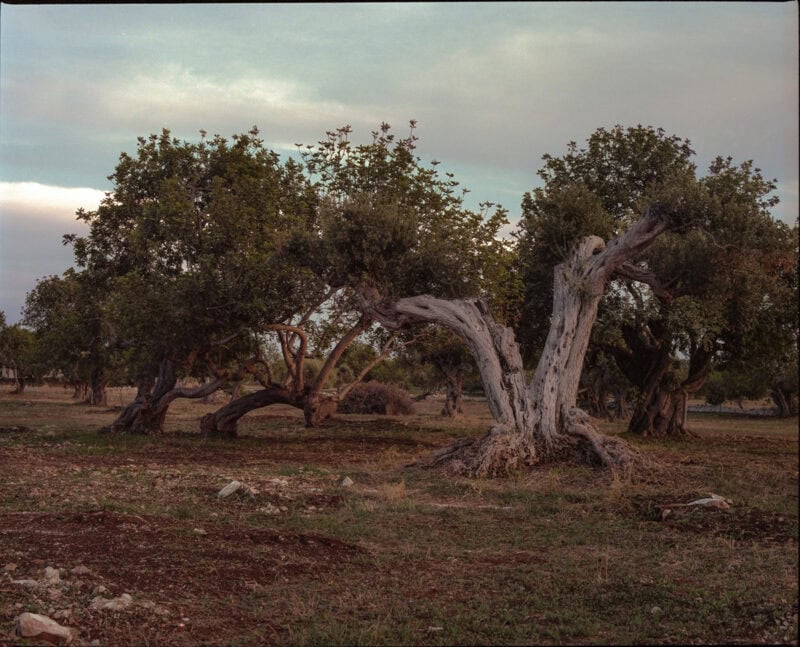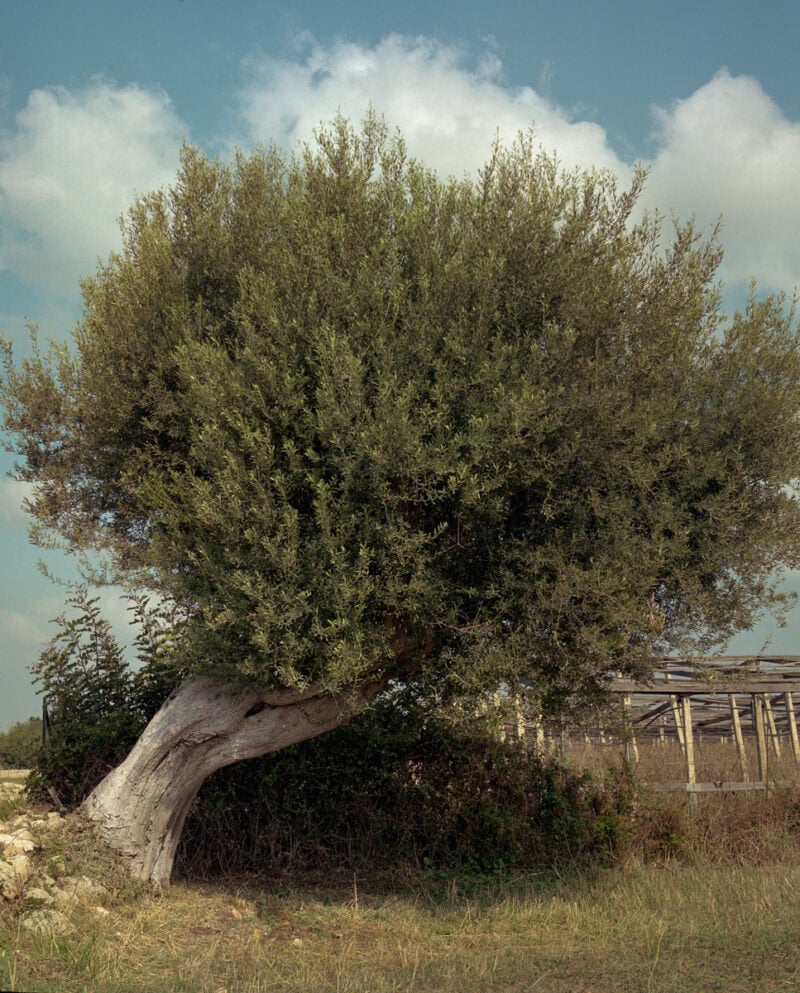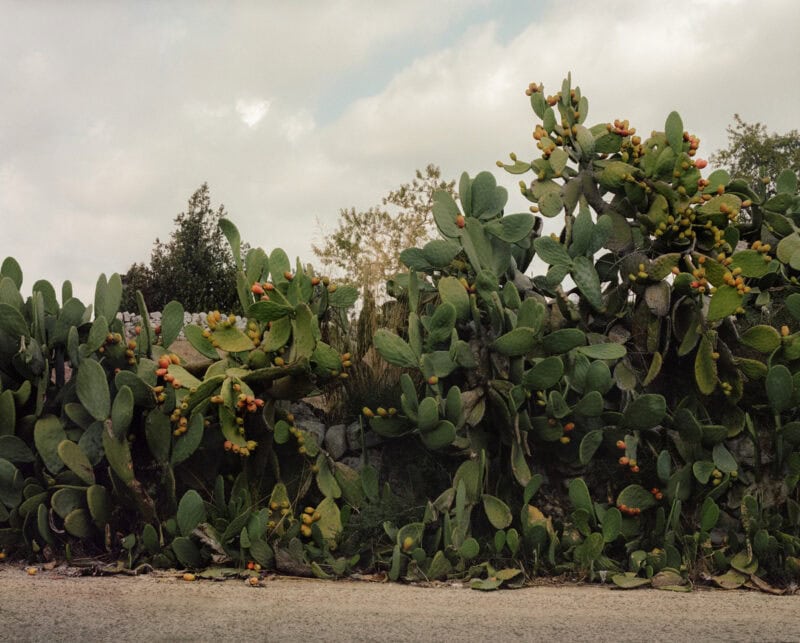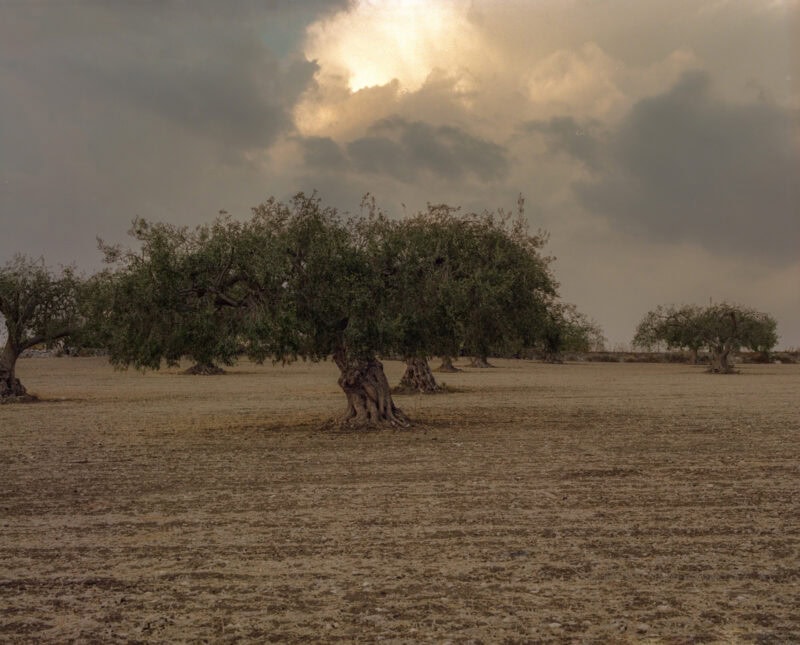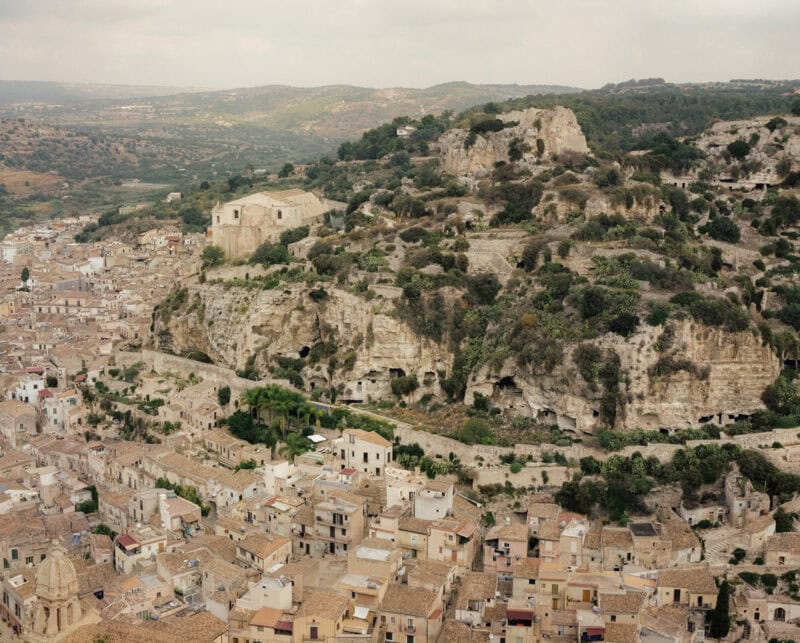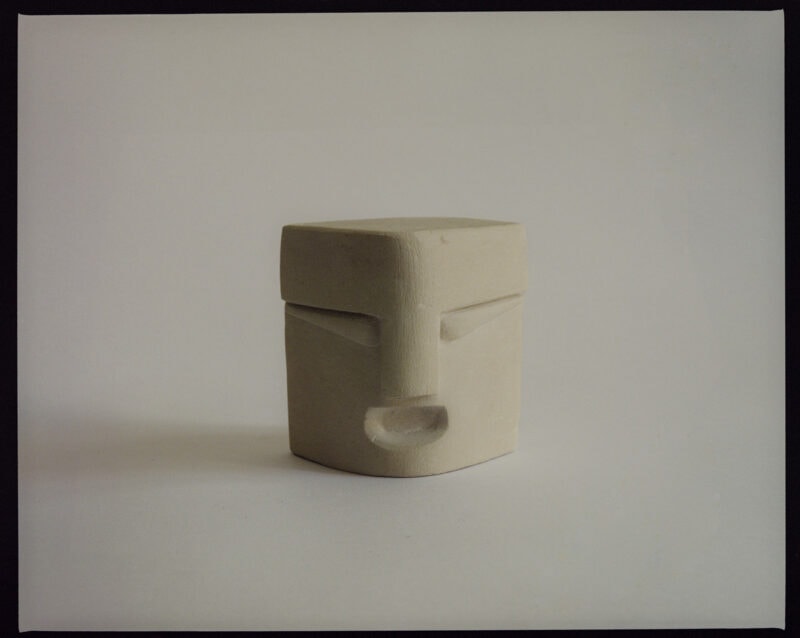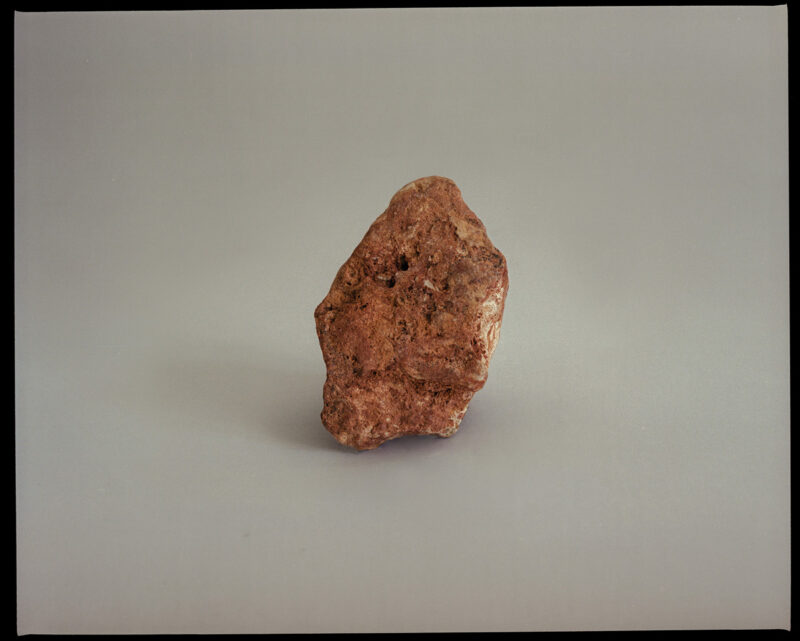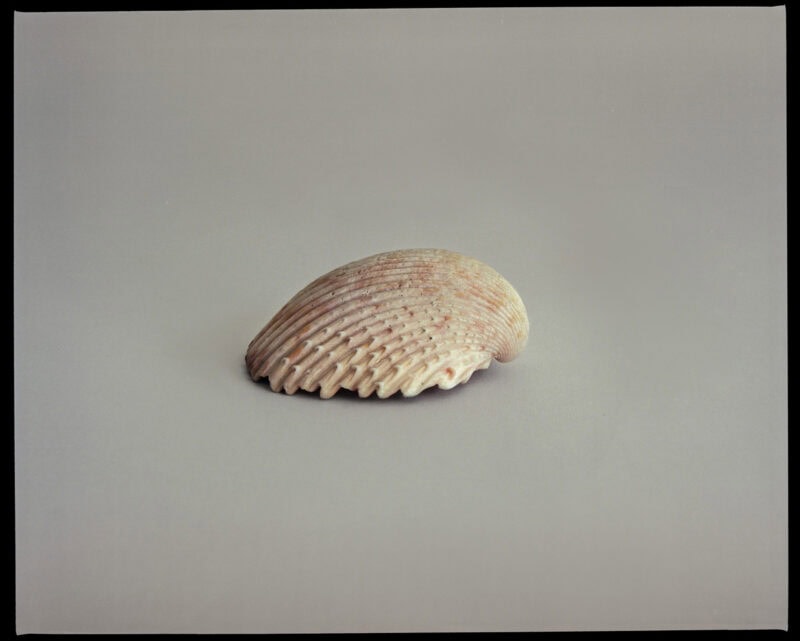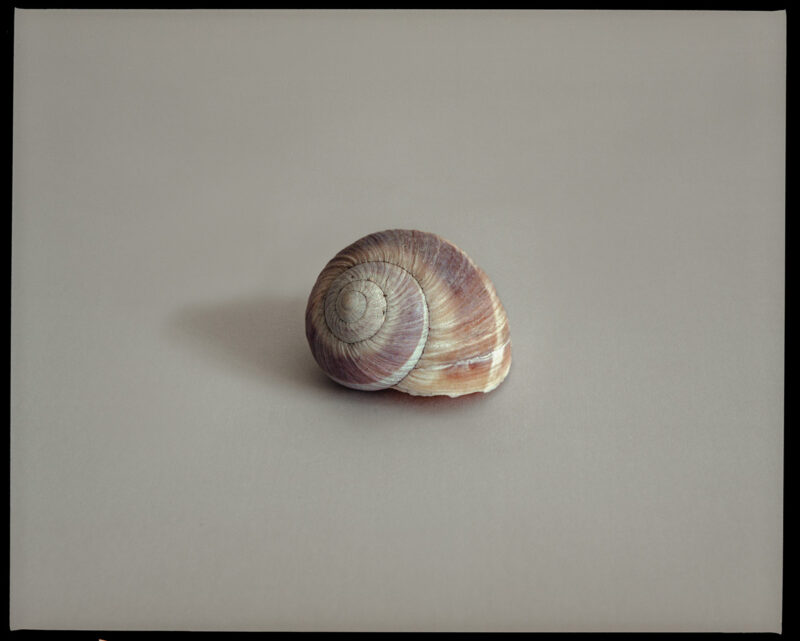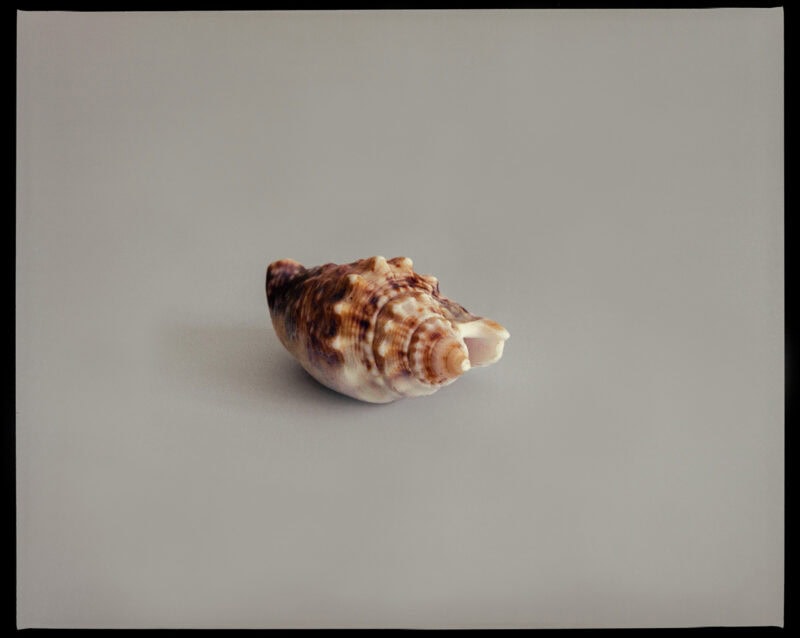After graduating in Political Science Gianluigi Cerioli decides to pursue his curiosity and attitude for photography making it became a profession. He graduates from the biennial photography course at Cfp Bauer in Milan and in 2018 he starts the profession as a freelance. Several experiences led him to develop a strong interest in geometries and a keen eye for verticality and minimalism.
He works for several architectural studios between Piedmont and Lombardy. He approaches personal research focused on landscape, on the relationship between man and living space.
A strong interest also focuses on the relationship between ready-made and contemporary photography.
About Val di Noto – words by Gianluigi Cerioli:
The south-eastern area of Sicily, the Valley of Noto, after the first Greek and Roman archaic settlements, was affected by Norman, Swabian and Spanish dominations. However, the earthquake of 1963 changed its history forever razing to the ground of entire cities devastating the urban memory. The present face of this area of the island is the result of cities designed as works of art masterpieces of a civilization derived from the golden stone of the Iblei Mountains.
The first impression of south-eastern Sicily was that of a barren land dotted with shrubs here and there almost to create a lunar paradise and prickly pears. The sea is always in the background. The images were the result of my first contact with the island. In the work were also produced still life, “pieces of the island” that I collected a little to witness my passage, a little to stimulate my memory.
A strong curiosity falls on Chiafura, the ancient district, carved into the rock, of the town of Scicli. The Chiafura caves built in the Byzantine period (6th century) were initially used as necropolises to house the Catacombs. The island populations to defend themselves from coastal attacks begin to settle in the quarries in a stable way. This phenomenon increased with the Arab conquest. However, with the advent of the Normans in 1091, the caves became just cave dwellings thus favoring the phenomenon of troglodytism. In the middle of the twentieth century, there were still about a thousand inhabitants who lived in caves in conditions well beyond the national average. Thus, in the mid-1950s, Chiafura appeared as an intolerable shame and became a national cause. In 1959 the institutions of Scicli together with the Italian Communist Party became promoters for the social reintegration of the “cavemen” in the urban center and allow the populations to abandon that lifestyle. The case, raised to the honors of the Italian chronicle will culminate with the “Aldisio law” on social housing.
Pierpaolo Pasolini returning from the visit to the caves of Chiafura in the late ‘50s wrote:
“Chiafura was a kind of mountain of Purgatory, with circles one on top of the other, pierced by holes in the Saracen doors, where people put a bed, sacred images, film posters on the walls and there lives crowded, sometimes with the mule It is a rustic agglomeration troglodyte, composed of one hundred mouths that open on the left side of the hill of San Matteo. The caves were inhabited until the ‘50s and for this reason, were the subject of complaints and social struggles at the national level. The whole of the caves has a really suggestive vision, but they are also a testimony of the underdevelopment and marginalization of the south of Italy”
